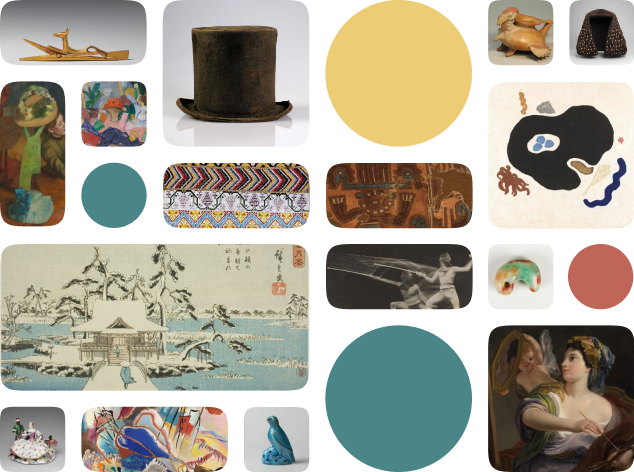Amulet Carved in Intaglio (Incised)
Creator Name
--
Cultural Context
Date
Source
About the Work
Metropolitan Museum of Art Object Description
Amulet
Work details
"--" = no data available
Title
Creator
--
Worktype
Cultural Context
Material
Dimensions
Technique
--
Language
--
Date
Provenance
Style Period
--
Rights
Inscription
--
Location
Source
Subjects
Topic
--
Related Content
--
All Works in Curationist’s archives can be reproduced and used freely. How to attribute this Work:
Amulet Carved in Intaglio (Incised), 6th–7th century, Metropolitan Museum of Art. Public Domain.
Help us improve this content!
Let our archivists know if you have something to add.
Save this work.
Start an account to add this work to your personal curated collection.
